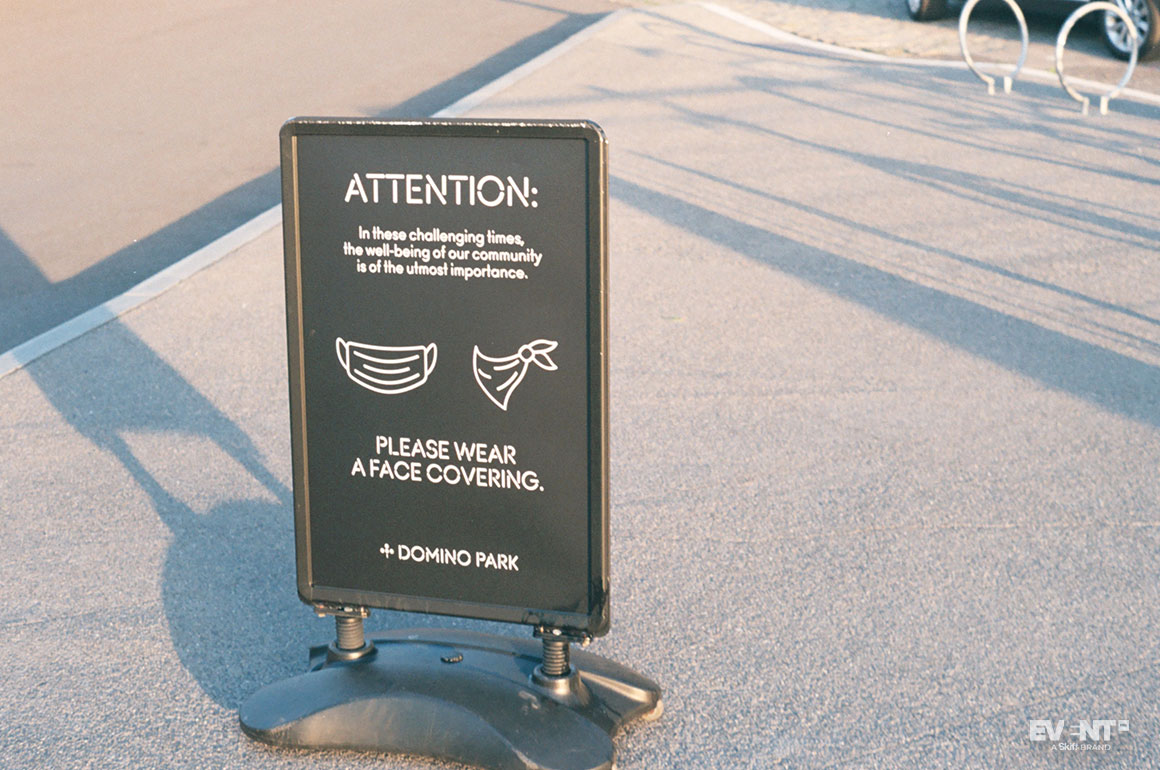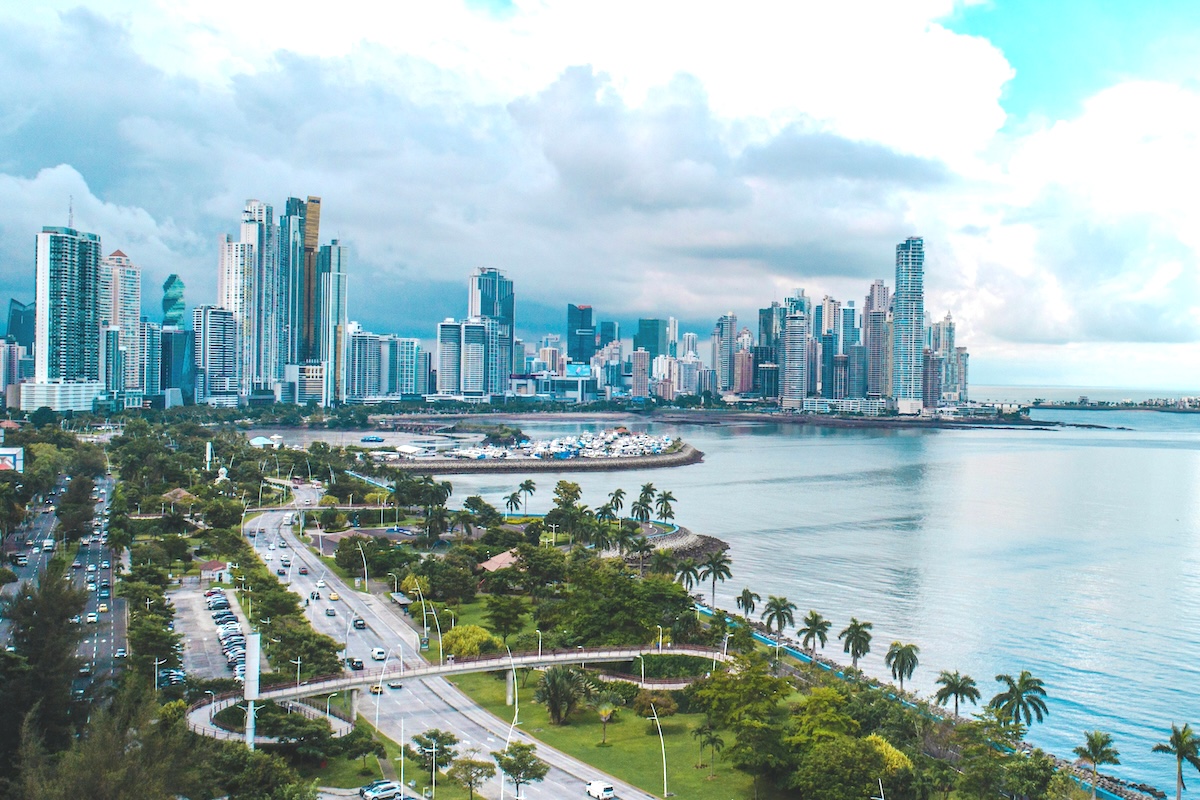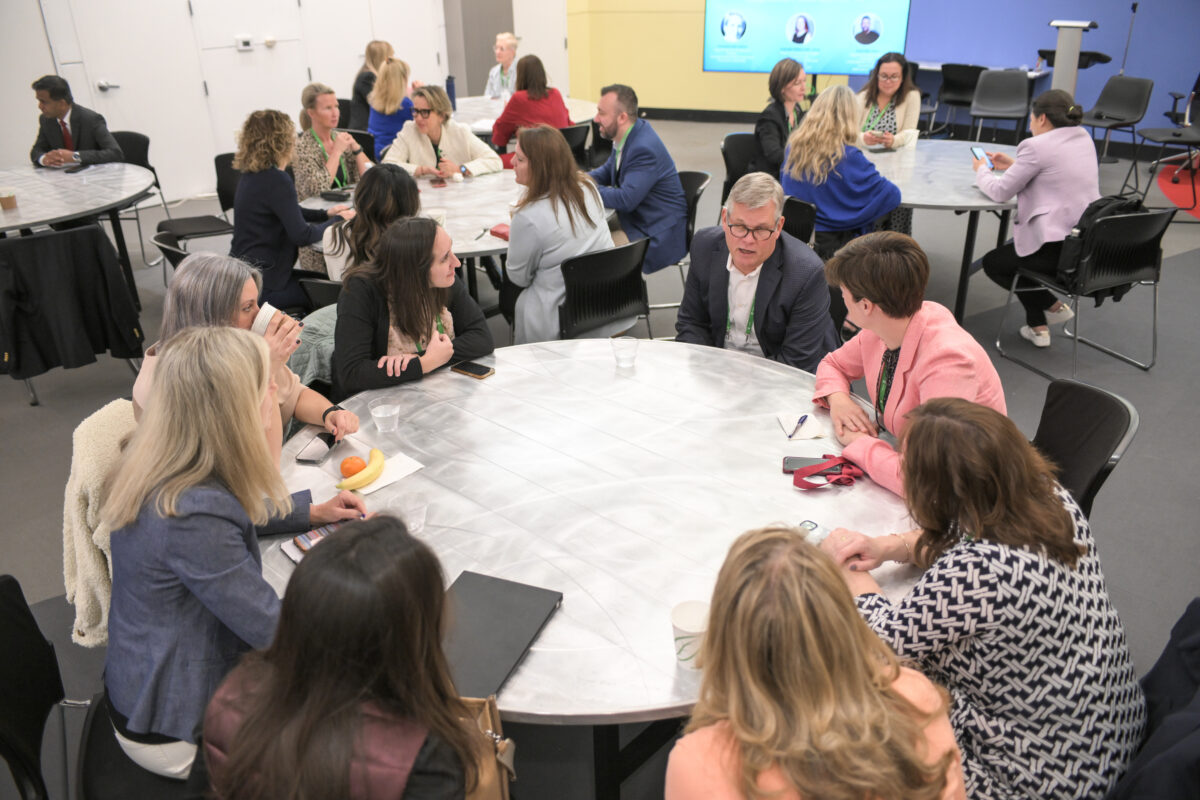Skift Take
Los Angeles County is open for business, but it's not out of the woods yet. The recent partnership between the city's official tourism promotion agency and identity verification company Clear aims to make it easier for large-scale events to come back safely.
Thanks to relatively successful vaccine rollouts, coronavirus cases and hospitalizations in the US have been steadily falling, and this is perhaps nowhere better exemplified than in Los Angeles County. Despite being one of the most densely populated areas in the country, Los Angeles has fully vaccinated 50 percent of its population, giving many vaccinated Angelenos a privileged taste of normalcy.
However, the proliferation of the far-more-infectious Delta variant outside of India may put a damper on the recovery, and given the potential Bitcoin super spreader event earlier this month, it’s imperative that the industry approach the situation with caution.
While the Los Angeles Tourism and Convention Board (LA Tourism) stresses that the city is completely open for business — and the event industry is poised to seize the opportunity — some restrictions apply. That’s why – to complement its ongoing collaboration with LA County Public Health – LA Tourism recently announced a partnership with CLEAR Health Pass to verify attendees’ vaccine or testing status – now required by all indoor events in LA over 5,000 people.
Like all reopening economies, LA’s serves as an important litmus test for better understanding which measures will be the most impactful in mitigating risk and facilitating a sustainable recovery. To gain insight into the impact such a partnership will have on events, we spoke to LA Tourism’s President and CEO, Adam Burke.
Without Masks, Covid Defence Starts and Stops at Vaccines
LA County has seen a significant decline in new cases in 2021. It fared relatively well despite being the most populous county in the most populous state. In addition to universal mask wearing, Burke attributes this to “a cautious, measured approach” to reopening motivated by LA County Public Health’s strict adherence to the science and to CDC guidelines.
However, CDC guidance has not always served LA well, and after the CDC’s controversial unmasking recommendation in early May left many Americans confused and some frontline workers concerned for their safety, LA County saw a temporary spike in cases a predictable two weeks later.
On first glance, lifting a mask mandate might seem like good news for event planners struggling to make attendees feel at ease at their events, but some may find the idea of being in an enclosed space with 5,000 other people and a possible escape variant a bit discomfiting.
It also presents a bit of a logistical conundrum for event planners: How are they supposed to verify the Covid health status of attendees who are now free to show up unmasked?
As of June 15, there are no more capacity restrictions for events in LA. The threshold for requiring proof of vaccination status or a negative Covid test taken within 72 hours is 5,000 people indoors (outdoors, the threshold for an unenforceable recommendation to check status is 10,000 people).
What Does the Clear Partnership Mean for LA Events?
Clear was selected as LA Tourism’s official partner based on three requirements:
Trust
Clear is already widely used as an ID verification tool at airports. Clear’s affiliation with the NHL lent a lot of confidence as well, says Burke. The NHL playoff bubble served as a proof of concept after a successful post-season without any outbreaks. And as liability is still somewhat of a concern, using a credible, officially recognized partner may lend itself to some degree of liability protection.
Cost effectiveness
Events that rely on paid attendance are dealing with lower revenues while costs for onsite events are going up, due in part to the new onsite AV requirements of hybrid events. The cost of onsite testing and Covid status verification only exacerbates the problem.
By selecting Clear as an official partner, LA Tourism is able to leverage a high volume to offer planners a substantial discount of up to 60 percent on Clear’s per-participant fee. “It becomes a nominal cost at that point.”
It also appears to be a fairly low cost implementation for other stakeholders. While the fee may be in part placed on attendees, the Clear Health Pass itself is free for users to download. Venues require no additional equipment or infrastructure; they just have to train the ticket collectors on what to look for.
A positive experience
Safety is the primary concern, but an event still has to deliver a positive experience. Because Clear has partnered with major labs and vaccine distributors in the US like Walmart, CVS, and Walgreens, attendees who’ve received tests or vaccinations from the most popular distributors should have an easier time pulling that data into the app, which is also HIPAA compliant.
An added bonus, Clear gives each event a unique ID, which attendees can use to search for any specific safety requirements and protocols the organizer has added to the app.
But Does the Policy Deliver on the Health & Safety Promise?
“The only way to achieve a sustainable reopening is to put public health and safety front and center,” notes Burke.
Quite right, but when faced with a new Delta variant that is up to 60 percent more transmissible than the one the vaccines were designed to combat (to say nothing of the Delta Plus variant), it’s not clear whether removing mask mandates while reopening at unlimited capacity is in that spirit. Consider that the same variant has just moved Israel to reinstate its mask mandate (Israel’s full vaccination per capita rate is 57 percent compared to the US’s 46 percent).
Still, the current data is encouraging. It appears both the Pfizer and Moderna vaccines are effective in preventing hospitalizations at 96 percent and 92 percent respectively. (Of course, less than six months ago, we were attributing similar figures to the efficacy of preventing infection at all, so emergent variants are not only undermining the efficacy of vaccines but impacting the standards we use to set efficacy expectations.) Against this metric, independently verifying vaccination or testing status through a trusted third party greatly reduces the risk of exposing vulnerable people to infection at the event itself — and the Clear partnership seems well positioned to support event planners in managing the logistics of verification at the door.
But when it comes to compliance inside the event, are planners going to be ready or willing to follow through with that enforcement? Consider those unvaccinated attendees admitted with their mask on, who then have to conduct the remainder of the event in a crowd of unmasked attendees relishing in the newfound freedom to shake hands and stand right next to each other. Add alcohol to the mix, and it’s not hard to imagine attendees succumbing to the peer pressure.
There is an inverse relationship between the ability to enforce compliance and the number of people in attendance. How was the 5,000-person threshold decided?
Burke notes that this number is in alignment with what the science recommends. Recent successful test events designed to determine safety of events did include one at 5,000 people in Barcelona, and several others with attendee numbers in the thousands. But compliance in an event that is transparently designed to test compliance is not a great litmus test, and the speculation that the recent Bitcoin event may have been a super spreader makes it clear that any solutions have to be practicable for the businesses charged with effecting them.
To help define a mutually appreciable way to implement official Covid guidance, LA County Public Health also engaged business stakeholders and formed the Economic Resiliency Task Force.
“Senior leaders from different verticals were gathered to find out which protocols could be practically implemented, and then LA County Public Health determined whether [the protocols proposed] met the scientific community’s needs. How to operationalize the procedures for different industries is a big challenge, so incorporating those stakeholders was key for practical implementation. Public policy was being informed by industry expertise, which is one of the reasons why LA got it right.”
– Adam Burke, President and CEO, Los Angeles Tourism and Convention Board
IN CONCLUSION
Third-party verification platforms like Clear Health Pass could be an important step toward ensuring that large-scale events can happen safely without undermining the city’s overall recovery, and the new partnership between the Los Angeles Tourism and Convention Board and Clear seems well-positioned to support planners in its implementation. But with new Covid threats looming and capacity restrictions being wholly dispensed with, the event industry may have to come up with more onsite solutions for managing the risk.
LA County Public Health will have to be similarly poised to rapidly respond, and event planners should closely follow the impact new variants are having on similarly vaccinated populations elsewhere, like Israel, to get a sense of what could happen.





